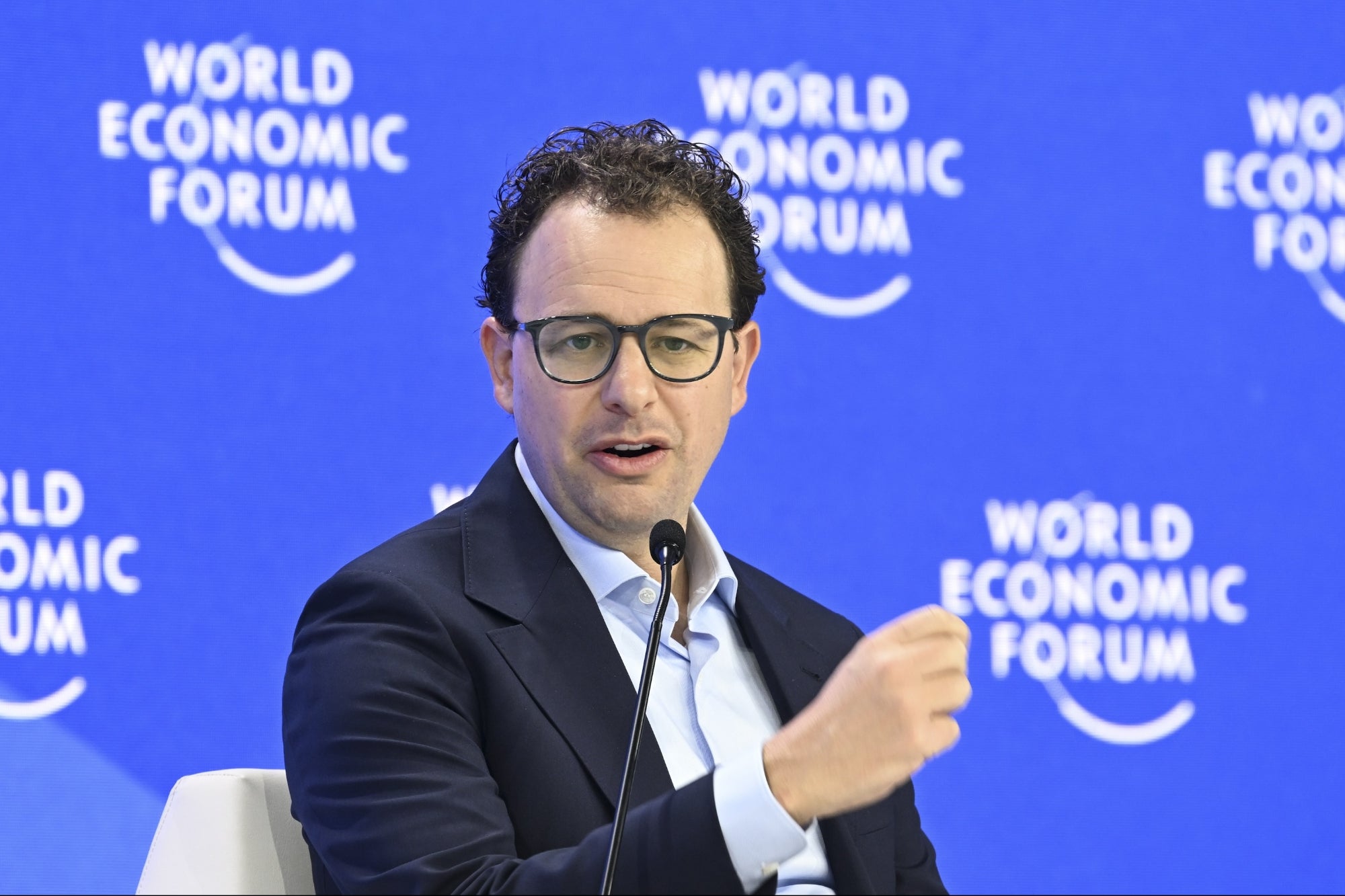Gimme Some Love Want big buzz and stellar sales? Reap the rewards of building a community that gives you feedback about your product.
By Guy Kawasaki Edited by Dan Bova
Opinions expressed by BIZ Experiences contributors are their own.
I got my first taste of user groups when I worked for Apple. Speaking at user group meetings was one of my great pleasures. Their members were unpaid, raging, thunderlizard evangelists for Apple and sustained the company by supporting its customers when Apple couldn't--or didn't want to--support them itself.
Now that Apple is the homecoming queen again, there are lots of people claiming credit for its success. The Apple user-group community deserves a high-five, too. How can you create a kick-ass community like that?
1. Create something worth building a community around. If you create a great product, you may not be able to stop a community from forming, even if you try. By contrast, it's hard to build a community around mundane, mediocre crap, no matter how hard you try.
2. Identify and recruit your thunderlizards--immediately! Most companies go about their business for months before asking with surprise: "You mean there are groups of people forming around our products?" If you have a great product, find the thunderlizards and ask them to build a community. (If you can't find self-appointed evangelists for your product, you may not have created a great product.)
3. Assign one person the task of building a community. Sure, many employees would like to build a community, but who wakes up every day with this task at the top of her list of priorities? Another way to look at this is to ask, "Who's going to get fired if she doesn't build a community?" A community needs a champion within the company to carry the flag.
4. Give people something concrete to chew on. Communities can't just sit around composing love letters to your CEO. This means your product has to be customizable, extensible and malleable. Think about Adobe Photoshop: If it weren't for the company's plug-in architecture, would its community have developed so quickly?
5. Create an open system. This is software-weenie talk, but the point is that you need to provide people with the tools and information to tweak your product, whether it's Photoshop, an iPod or a Harley-Davidson.
6. Welcome criticism. Most companies feel warm and fuzzy toward their communities, as long as the communities toe the line by continuing to say nice things, buying their products and never complaining. The minute the community says anything negative, however, companies freak out. Big mistake. The more a company welcomes--even celebrates--criticism, the stronger its bonds to its community will be.
7. Foster the exchange of ideas. At the basic level, your website should provide a forum where customers can engage in discourse with one another and with your employees. At the bleeding edge, the CEO participates in community events, too. This doesn't mean you let the community run your company, but you should listen to what it has to say.
8. Publicize the existence of the community. If you're going to all the trouble of catalyzing a community, don't hide it under a bushel. Your community should be an integral part of your sales and marketing efforts.
"Empower BIZ Experiencess" is Guy Kawasaki's mantra. He is former chief evangelist for Apple Inc., co-founder of VC firm Garage Technology Ventures and author of eight books--most recently, The Art of the Start. Visit his blog at http://blog.guykawasaki.com.









